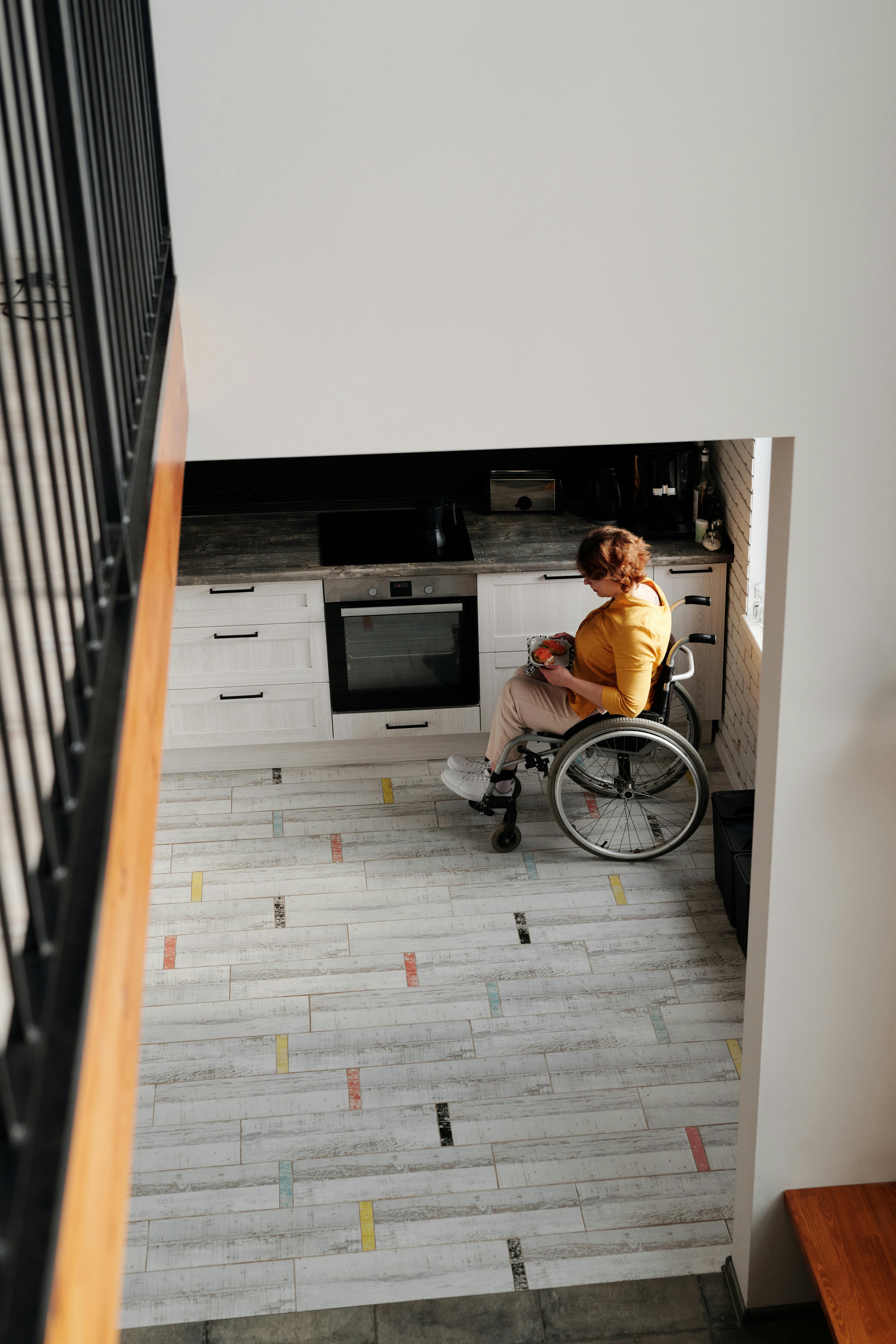Introduction
Imagine opening a door with the tap of your smartphone or navigating your entire home using just your voice. For many living with mobility challenges, moments like these aren’t just conveniences, they transform the very quality of life.
Mobility difficulties can feel isolating or limiting, but adaptive technology is steadily rewriting that story, unlocking independence, connection, and empowerment. If you're a parent, caregiver, or someone adjusting to new mobility realities, this blog invites you to explore how adaptive tech is more than gadgets, it’s a pathway to living fully every day. Let’s hear from real people, uncover practical tips, and discover inspiring ways to embrace tech’s promise with warmth, hope, and humanity.
Understanding Life with mobility challenges
mobility challenges can arise from varied causes, injury, illness, neurological conditions, or aging, and each person’s experience is deeply individual. Sarah, a mother caring for her son Jake who uses a wheelchair due to cerebral palsy, shares: “Before we had some of the adaptive devices, even simple tasks felt like mountains. Now, Jake can join in more independently, and it changes everything, his confidence, our family’s rhythm.”
Mobility is not just about movement, it’s about access, choice, and dignity. Sadly, stigma and misconceptions persist, with many assuming limitations rather than possibilities. adaptive technology, however, is challenging this narrative daily by designing tools that meet diverse needs with empathy and innovation.
Ways to Cope and Thrive with Adaptive Tech
Adapting doesn’t mean losing control; it means finding new ways to take charge. Here are some practical strategies for embracing adaptive technology and living fully with mobility challenges:
Explore Mobility Aids That Suit You: From power wheelchairs with customizable controls to lightweight manual options, choose what fits your lifestyle and independence goals. Technological innovations like smart wheelchairs use sensors and voice commands for easier navigation.
Harness Smart Home Devices: Voice-activated lights, thermostats, and door locks offer control without needing to move physically. Scheduling and automation make daily life smoother and safer.
Use Communication Technology: Tablets and apps with assistive communication features enable people who have difficulty speaking to express themselves clearly and connect socially.
Utilize Health Monitoring Devices: Wearables that track vitals, medication reminders, and telehealth services put health management within reach and reduce hospital visits.
Build Routine with App Support: Use apps like the My Special Needs app to organize routines, therapy schedules, and reminders, making caregiving and self-care less overwhelming.
Real Stories of Tech Transforming Lives
Stories of adaptation reveal the heart of technology’s impact.
Jacob’s Journey: After a spinal cord injury, Jacob struggled with simple tasks and social engagement. Customized voice-controlled home automation and a tablet with communication apps restored his autonomy and rekindled friendships.
Ella’s Empowerment: Ella, living with multiple sclerosis, uses an adaptive electric scooter paired with GPS and route planning apps. She says, “It’s not just about getting around; it’s about reclaiming a life filled with joy and spontaneity.”
Both stories remind us: tech is not just functionality, it’s about dignity, belonging, and joy.
Additional Insights: Choosing the Right Adaptive Tech
Personalization is Key: Technology must be tailored, considering physical needs, cognitive capacity, environment, and preferences. Trial periods and professional guidance can help select fitting devices.
Training and Support: Learning curves with new tech deserve patience. Many manufacturers and care networks offer training and ongoing technical support to ensure comfort and confidence.
Affordability and Accessibility: Though adaptive tech can be costly, programs such as government grants, NDIS funding, and charitable organizations provide financial support. Advocacy and awareness initiatives work to expand equitable access.
Building Community and Connection
Living with mobility challenges can sometimes feel isolating, but many people find tremendous strength in community. Support groups, local and online, offer sharing of experiences, advice, and emotional connection. Some use the My Special Needs app to link families and caregivers, exchanging tips on tech and daily living.
See our blog on Raising A Child With Cerebral Palsy
Conclusion
adaptive technology is reshaping the landscape of mobility challenges, moving the conversation beyond limitations to a dialogue about empowerment, creativity, and resilience. It lights up lives with small freedoms that add up to living fully. Whether you’re supporting a loved one or discovering new independence for yourself, embracing adaptive tech means choosing hope every day.
Ready to start your journey with calm confidence? Download the My Special Needs app to explore tools tailored for you and connect with a vibrant, supportive community. Because living fully isn’t just about moving, it’s about thriving on your own terms.


